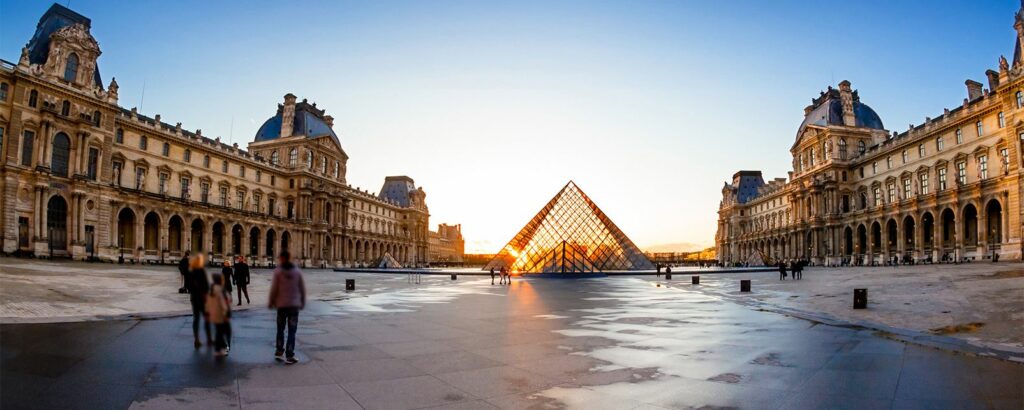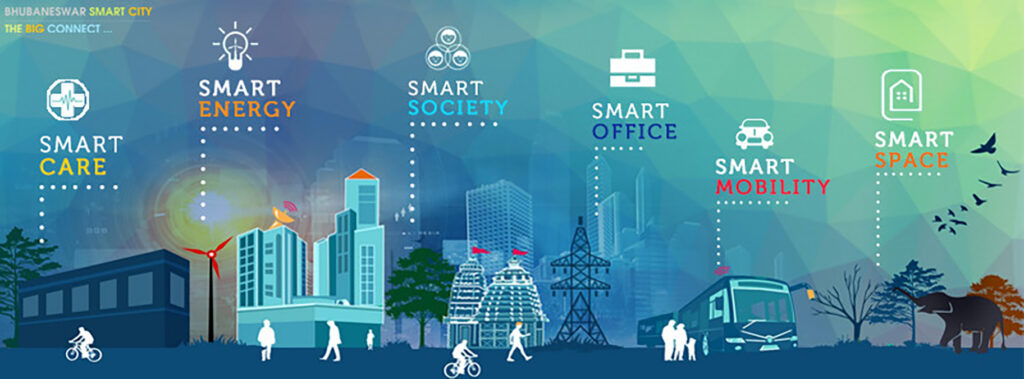ANOTHER TOURISM IS POSSIBLE – Part 2
A SOCIAL MODEL THAT NO LONGER SEDUCES
Like the best sagas of the summer such as Zodiac, the Château des Oliviers or Châteauvallon, we offer you a miniseries in three parts that will keep you spellbound on the theme of another type of tourism. Good reading.
“There is no denying it, the holidays are fun, the people are nice, the setting is magnificent. They are lucky to live all year round in such a place…”
If we had to image modern Tourism, it would be the iceberg that sank the Titanic and this sentence would be the visible part of it. But in depth, tourism is not really that. We limit our vision to a simple economy. If we already recognize that tourism is one of them. It is so intangible that understanding that an economy can be transversal is quite complicated to perceive.
So we have an economy, that’s good, we’re well advanced. But to run the engines of an economy, you need energy…fuel (it’s fashionable at the moment). The energy in Tourism is men and women trained or not to provide experiences to visitors.
Whether they are cooks, holiday advisers, activity providers or maintenance staff, everyone works to create a stay that will aim to make memories for those who will be visitors.

Eric Maurence, after John Compton taken over by Yann Nicolas – Another tourism is possible
But to go further and give more technicality to this argument, we have to go back to 2007. When Eric Maurence creates a matrix explaining the interest of events in a territory.
A LOCAL CIRCULAR ECONOMY
This matrix is, in fact, also valid for Tourism within a territory. Tourism activity needs suppliers and service providers who work for visitors who spend money on site. These economic actors are also households and salaried or self-employed households which, on the one hand, generate turnover. But also taxation.
From this last point, the tourist municipalities derive new financial resources. It reinjects them to continue to develop its territory. Basically, this economy, associated with its social fabric, could lead us to believe that it is circular and that everything is fine. If all this really remains well within the territory.
Because the treasure is still big and many actors have understood the system to use the resources of the territory and collect revenue from outside.
We are therefore missing an important parameter of our equation: the principle of resource and expenditure.
That is to say, to perceive a tourist flow with its territorial impact.
For example, visitors from outside the territories come to spend on the territory. This creates an injection of human resources (the visitor on site), environmental (the management of their waste), and financial (the economy that the visitor generates).
RESOURCES AND EXPENSES
Conversely, resources of the territory that are spent outside the territory become a leak. A major cycling event that the territory finances, but which it does not have the capacity to absorb on its own. Its flows will then be naturally diluted within a radius around the investing territory. This is where it becomes a drain on resources.
Last important case of in-territory resources spending in the territory, created by redistribution. In the case of tourism operators, it is the last case that interests us. A ski instructor who works on his territory, where his household lives and who spends locally creates economic wealth for the actors in the same way as him and fiscal for his community.
Our vision of Tourism is too often limited only to the aspect of the injection of visitors without wanting to look at the importance of the flows created within the territory itself by the actors themselves.

Eric Maurence – Another tourism is possible
This is a technical explanation, but unfortunately realistic. The very principle of an ecosystem is that it lives within a defined perimeter with its internal resources. But also who interacts with external organizations. It’s basic biology after all. Each organism brings a richness within its ecosystem which feeds it continuously or punctually. Now it remains to be seen whether the punctual does not cannibalize the continual to the point of destabilizing the ecosystem.

Eric Maurence – Another tourism is possible
AN ECOSYSTEM OPERATION
This ecosystem is constantly changing and requires adapting its management to these changes. The military has developed a model called VUCA which stands for Volatility, Uncertainty, Complexity and Ambiguity. It describes a situation of constant and unpredictable change that is now the norm in certain sectors and areas of the business and corporate world.

VUCA model – Another tourism is possible
Our problem is not yet solved, because the equation can be further complicated by another variable: the seasons.
We need to offer services to visitors according to frequentation peaks often based in the winter period for certain territories and summer for others. Some even in both. A scheme erected in the sixties by the massive investment of a national tourism policy.
According to this seasonal logic, we hire for a period and we fire for the rest of the year. We are going to have a hard time creating annual income for our households. So in high season, our need for service becomes rather servitude for the actors hired in a time frame too often linked to climatic hazards. The rest of the time, it’s no mans land.
A winter lasts between 3 and 5 months of activity and a summer of 2 months being wide. The rest, private and institutional actors do not agree on their importance and will call it season wings. They are sometimes very large wings…
So in total, an activity that varies between 12 and 28 weeks (between 3 months and 7 months) which themselves will vary according to the high, medium and low season. It is not easy to write a promise of employment or to give meaning to work in the “tourist economy”.
And that’s not to mention the problem of seasonal housing.
In any case, the promise of employment in seasonal tourism is unclear. Fortunately, the setting is beautiful.
HEDONISM AND COVID
In a world where we no longer wish to face constraints, hedonism is in order. Postmodernity brings us with it a new behavior of labor consumption. Why hurt yourself? Why bother? We are more in a context as our parents and grandparents knew it where work was to occupy 2/3 of our time. Their modernity was represented by the values induced to Work, to the construction of a future and to the notion of verticality of society. This model has evolved into a postmodernity based on the values of presentism, hedonism and grouping by community.
We want to enjoy life and we have grown up in an increasingly simplified accessibility to leisure.
Globalization has also brought a liberalization of labor and COVID a remote practice whose generalization was unthinkable some time ago. This COVID has also exacerbated this hedonism. The world is falling apart, let’s enjoy it while we can. Tempus fugit, carpe diem…
It is therefore normal that the way of seeing work is different now, but it is not only that. Because this tourism, which was pushed into an industrial state from 1960 to offer the population leisure and holidays to better return to the factory, has been pushed into a hyper-seasonality which requires the exploitation of resources on very short times, so intensely. Hence this little phrase may have previously gone unnoticed: service is often confused with servitude.
A SEASONAL PROBLEM
That is to say, live in a beautiful place, but work there 6 days a week over too long time slots. With the only unspoken goal of making ever more profit over an ever shorter period, it no longer really attracts crowds. Especially in these new generations…
The setting is beautiful, but we don’t have time to enjoy it…already the promise is blurred. It is not the salary that will change the equation since it is only a tiny part of a very complex equation. It is the entire model that is called into question.
Ongoing training as advocated by the state, decent wages, seasonal accommodation are elements of a response that is much broader to respond to a social model that requires living at its destination. You have to take advantage of it and make your economy circular, thus giving security to your home.
The season should no longer be an obstacle and the visitor has long since passed the act of opening and closing these resorts (seaside resorts as well as winter sports resorts). Especially at a time when (re)connection to nature is becoming a key value in tourism. Associated with a value of responsibility that also stems from the climatic and environmental impact of his stay.
AN EVOLVING MODEL OF SUSTAINABILITY
The sustainability model is now moving from the Economic-Social-Environmental balance towards a new sustainability marketing made up of a trio of strategies: People-Profit-Planet.

But as Conan said (Arnold Schwarzenegger before being governor of California for the youngest), this is another story (which we will develop in the third article)

The Alps agency accompanies throughout the year a good number of territories in their strategies or their reflections that make the difference. Do you want to know our references? Contact us
You wish to organize a conference on this theme, contact us too, we will analyze your needs together.
You can read all the other articles of the Alps Agency in the Blog section and discover all the services we can offer you.
This article was written by François Veauleger and kindly pimped by Gregory Guzzo



